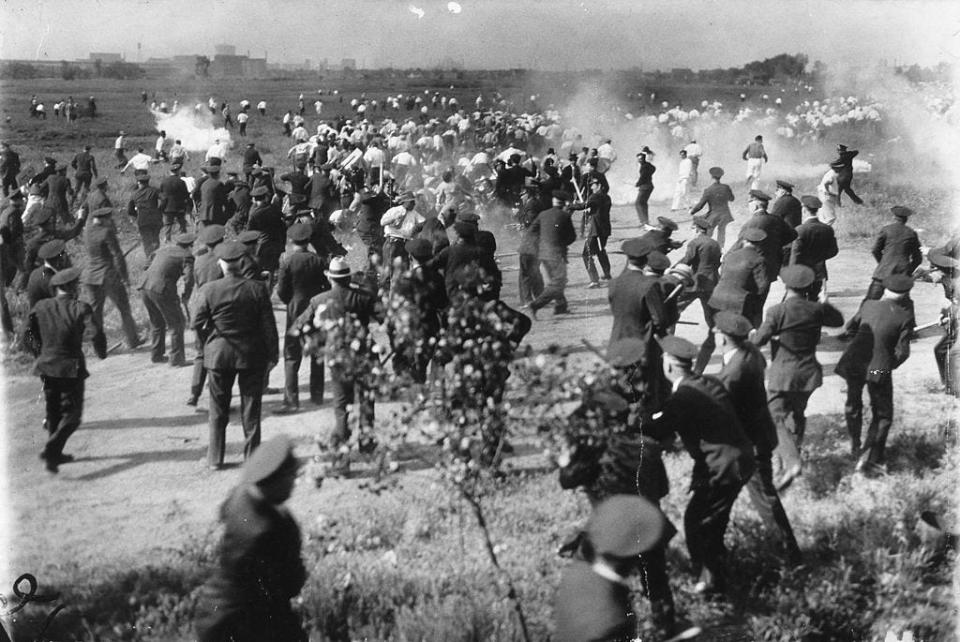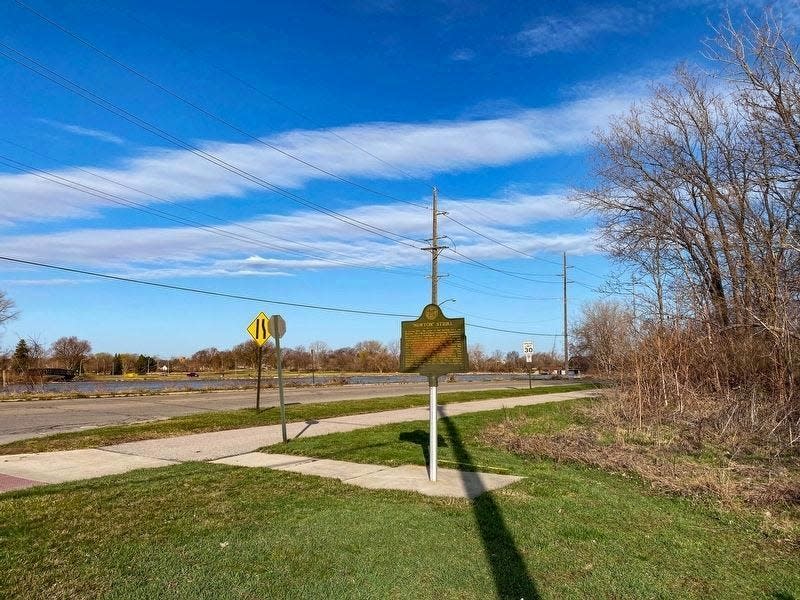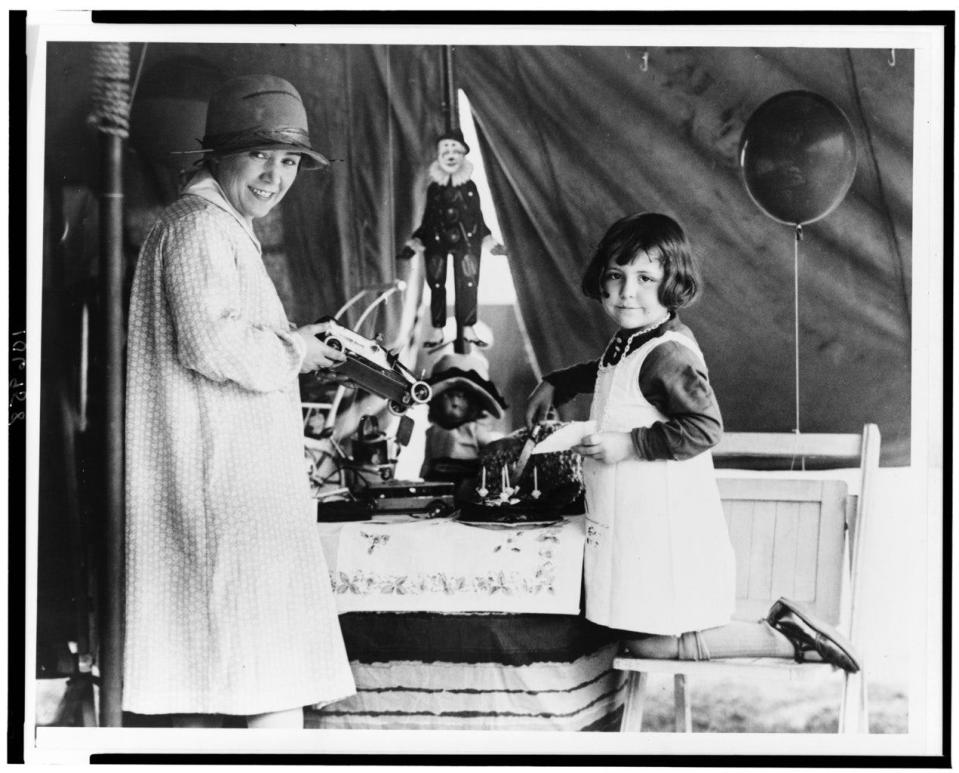Newton Steel strike included in The Making of Modern Michigan Project
MONROE — It has been several years since I wrote about the Newton Steel strike of 1937 and the impact the “Little Steel” strike had on Monroe and the community.
Nearly 20 years ago, Michigan public libraries united to capture oral history and other artifacts about events like the strike and others via The Making of Modern Michigan Project. Our Monroe County Library System was one of Michigan’s public libraries that participated in the effort.
Earlier Coverage: MONROE COUNTY HISTORY/ Newton Steel in Monroe was part of the “Little Steel”
The Making of Modern Michigan (MMM) was a project from the Digitization Committee of "ATLAS," the Action Team for Library Advancement Statewide. ATLAS was an initiative of the Library of Michigan (LoM), which had contracted with the Michigan Library Consortium (MLC) to develop a state-wide information delivery service. Work on the project — to capture and preserve digitally past oral history stories and artifacts eligible for digitization that tell the story of Michigan during the 19th and 20th centuries — began in 2002 and was completed by 2004.

One of the participants was Raymond M. Colpaert, who recorded an oral history about his youth and adulthood during the 20s, 30s and 40s of the 20th century in 1985. Colpaert talked about the Newton Steel plant where his grandfather worked for a time and where many immigrant men — including Slovaks, Hungarians, Romanians, Serbians and others — came to Monroe from steel mill towns in Ohio and Pennsylvania to work at the Newton Steel Plant.
Monroe’s Newton Steel opened in the mid-1920s and, following the Wall Street crash of 1929, Newton Steel could no longer afford to keep both of its plants open. The Newton Falls location was closed in June 1931, and many families who worked at the Newton Falls plant were relocated to Monroe.

As mentioned earlier, Newton Steel in Monroe was part of the “Little Steel” effort to unionize smaller steel manufacturers in the U.S. in the late 1930s. Following U.S. Steel Corporation’s signing on March 13, 1937, of a unionization agreement negotiated by the Steel Workers Organizing Committee (SWOC) branch of the Congress of Industrial Organizations (CIO) — which later merged with the American Federation of Labor (AFL) — efforts were made to organize steelworkers at Republic Steel, Bethlehem Steel, Inland Steel, and Youngstown Sheet and Tube. These smaller steel manufacturers were resistant to allowing their workers to be unionized by the SWOC and following the much larger U.S. Steel’s precedent.
The SWOC was seeking to offer steel workers an eight-hour work day, a 40-hour work week, overtime pay, a $5-per-day minimum wage, paid vacations, health and safety standards, seniority and procedures for resolving grievances. Colpaert talked in his oral history about how he and other kids climbed trees and watched as the workers were driven out of the plant and into nearby marshes as they tried to go to work.

Reports and historical analyses state that the Newton Steel strike plan was to organize a strike that would, hopefully, shut down the plant. The strike worked for a time. With almost all of the workers on strike coming from one of the main departments of the plant, the other areas of the factory couldn't operate. Even workers not on strike refused to cross the picket lines.
Subscribe Now: For all the latest local developments, breaking news and high school sports content.
Colpaert’s oral history also talked about life in Monroe (he lived on Elmira Street) and became a produce driver for the St. Mary Farms around the time of the Newton Steel Strike. He talked about the medicine shows that stopped at the corner of Fourth Street and Navarre and the movies at the Dixie and Family Theaters on South Monroe Street. The movie cost 10 cents, and popcorn was 5 cents.
— Tom Adamich is president of Visiting Librarian Service, a firm he has operated since 1993. He also is project archivist for the Greening Nursery Co. and Family Archives and the electric vehicle awareness coordinator at Monroe County Community College.
This article originally appeared on The Monroe News: Newton Steel strike included in The Making of Modern Michigan Project

